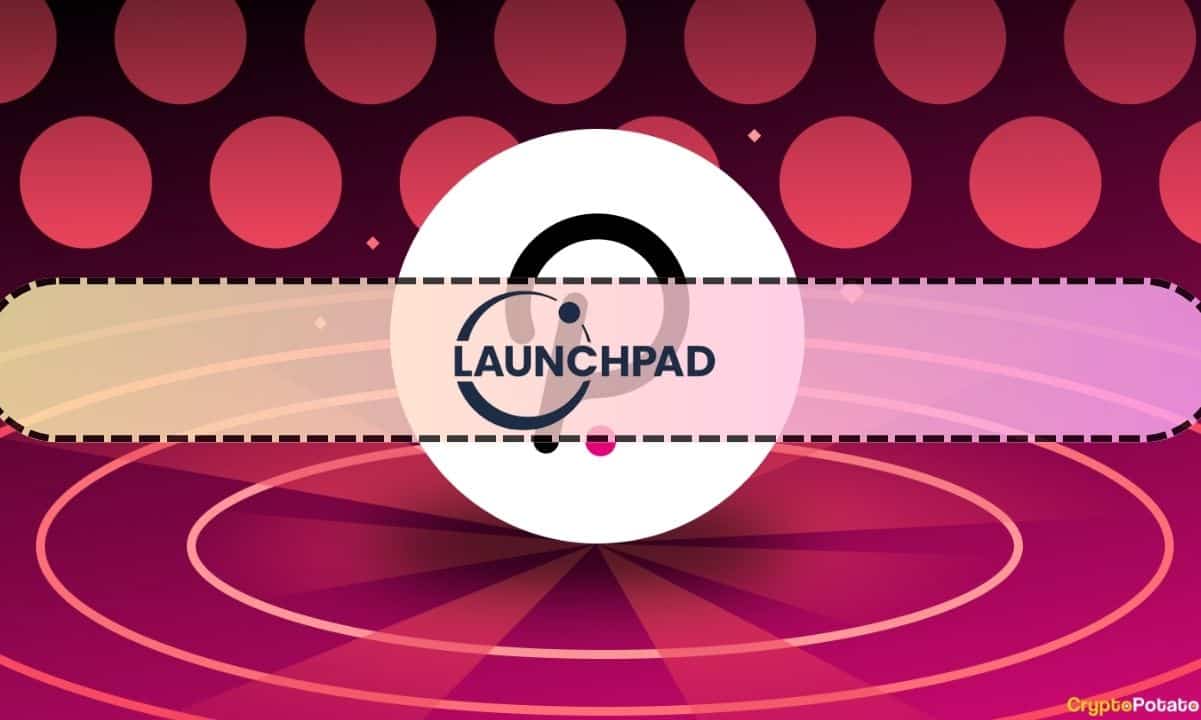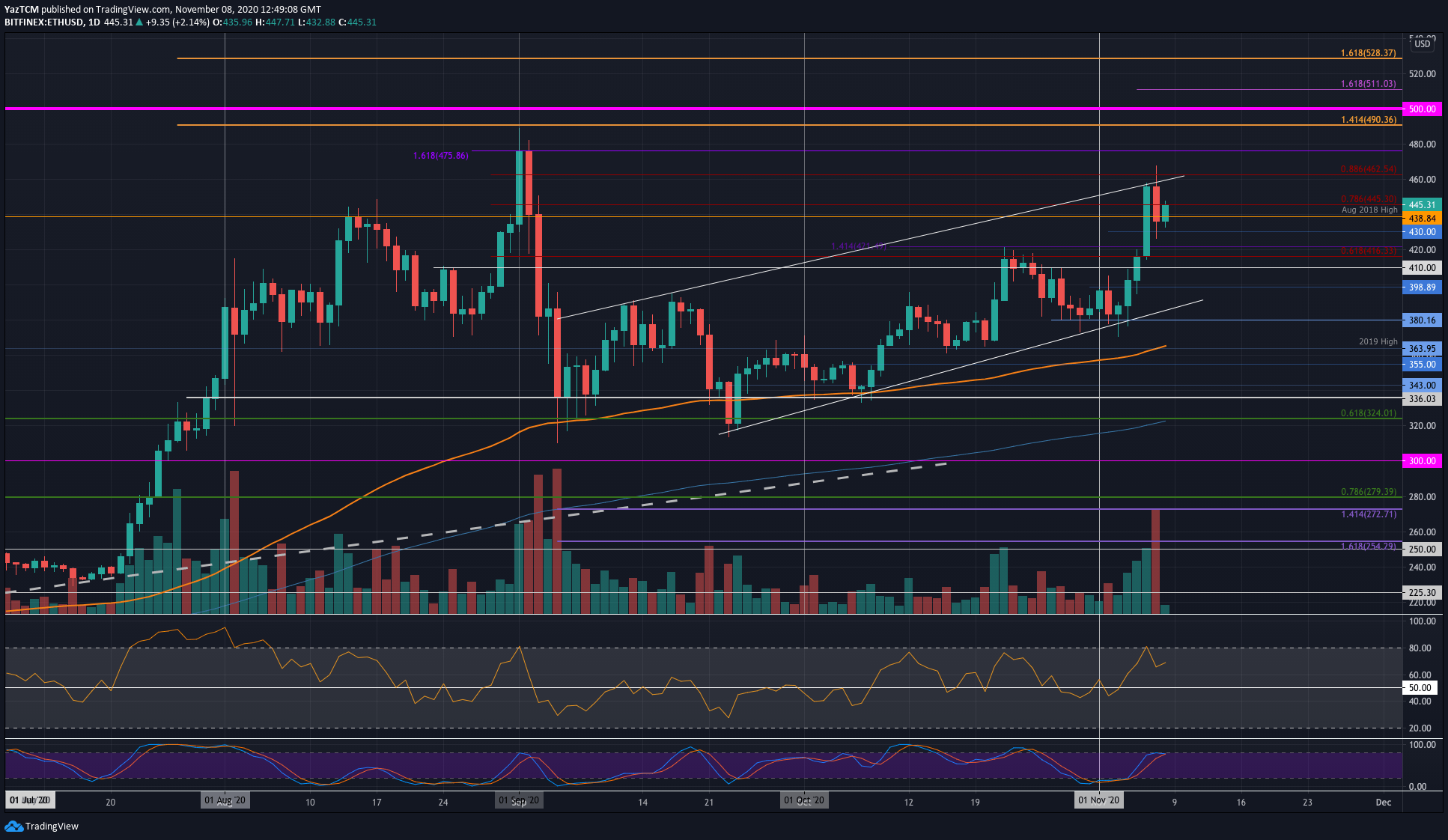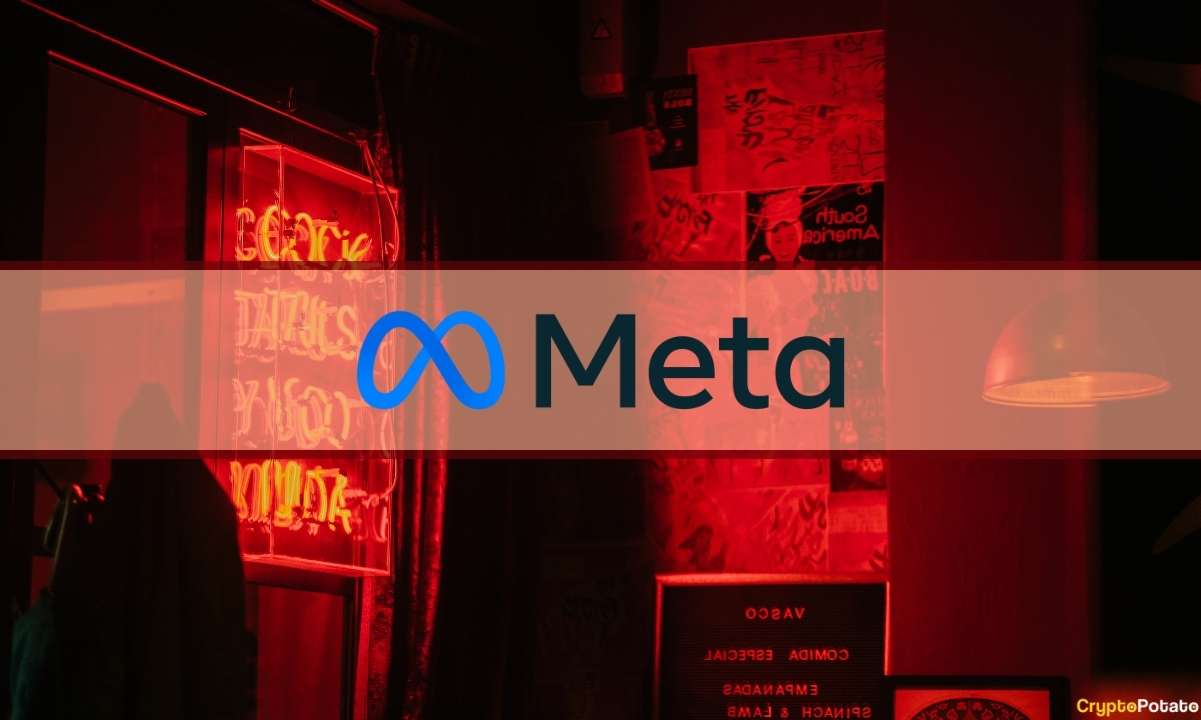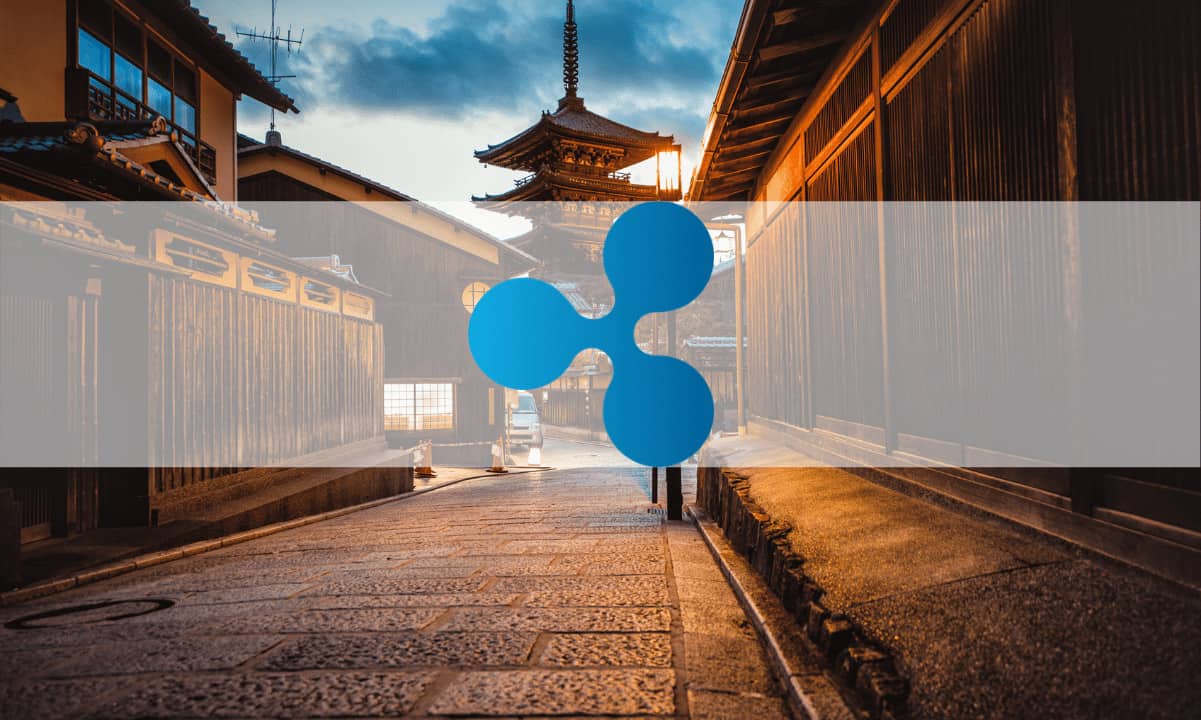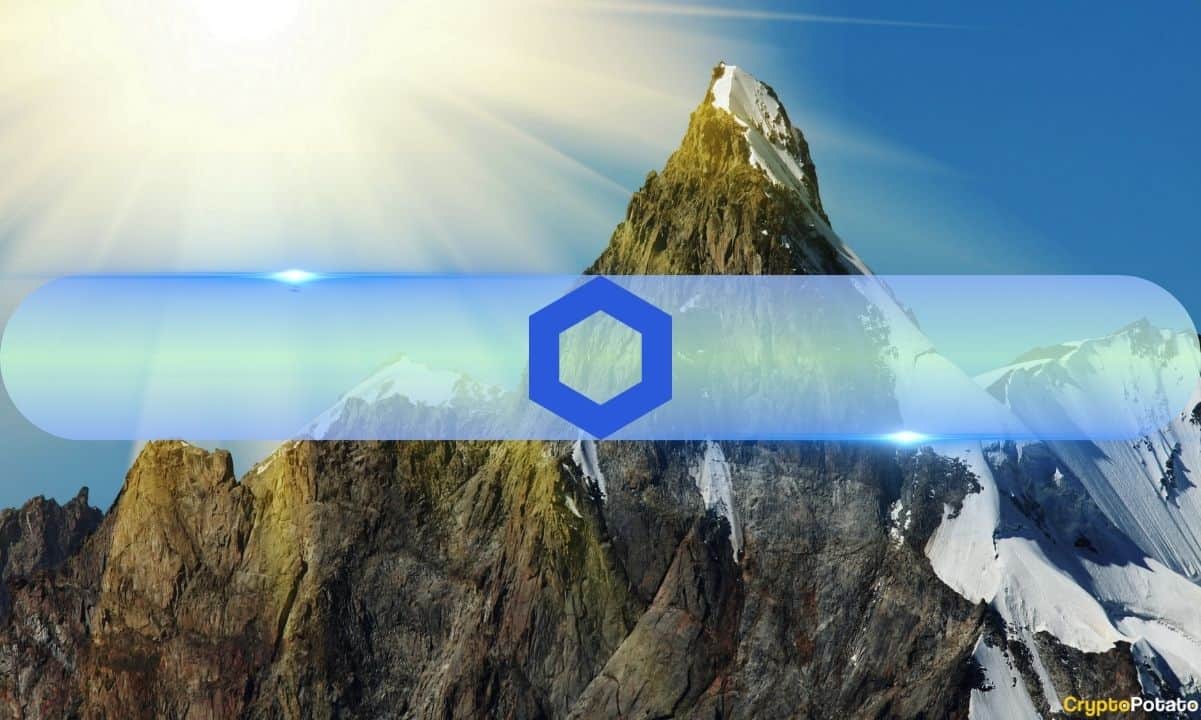LESS Network: Cross-Chain DeFi Suite
[Featured Content]
The DeFi market has certainly expanded astronomically over the past year and a half. One easy way to gauge its performance is the popular metric – total value locked (TVL).
Data from DeFi Pulse reveals that, at the time of this writing, there’s over $71 billion locked in various DeFi protocols.
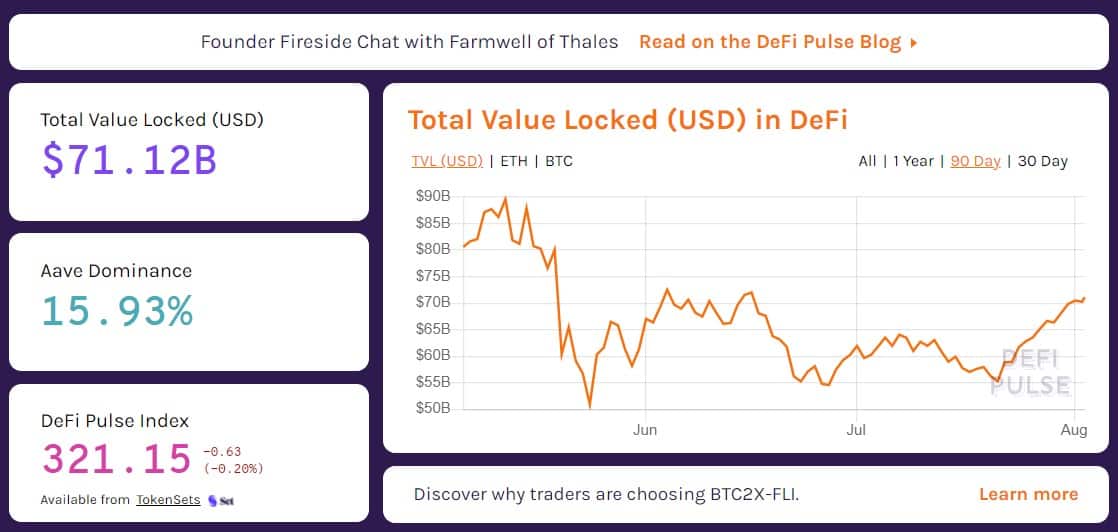
For comparison, at the beginning of 2020, this number was around $660 million. That’s an increase of over 10,000% in less than two years.
The market has seen the birth of countless protocols, attracting hundreds of thousands of users eager to explore the space and take advantage of its limitless capabilities.
One platform that seeks to make all this a lot easier by putting useful tools under a shared umbrella is LESS Network.
What is Less?
The main goal of LESS Network is to provide users with powerful tools for both trading and investing, aimed at extracting maximum value out of the DeFi space, without having to search through the sea of information in a wide range of non-standardized platforms and websites.
The platform will support historical data, live trading, live charts, top gainers, and a lot more – all under one roof.
In essence, LESS Network aims to supercharge the user’s trading experience on all of the major blockchains – this is an important consideration.
All of this is powered by a single cryptocurrency – the platform’s native LESS coin.
LESS Tokenomics
First things first, the total supply of the cryptocurrency is capped at 125,000,000. 40% of that is distributed to the community through a presale. 15% of the supply goes for liquidity on Binance Smart Chain’s PancakeSwap and Uniswap. The team gets 4%, locked for one year.
The marketing budget gets 7% of the total supply, which is locked for 3 months. The remaining 34% or 42,500,000 LESS coins are designated for the ecosystem.
This is a comprehensive pie chart of how the distribution looks like:
The LESS Ecosystem
The LESS Network branches out in a few specific sections, each one of which offers different toolkits for its users.
-
LESS Pad
The LESS Pad is a decentralized and community-owned launchpad for Initial DEX Offerings (IDOs) on three of the major blockchains – Ethereum, Binance Smart Chain, and Polygon.
To participate, users have to stake LESS on the LessPad application. There are different tiers based on how much LESS one stakes, which ultimately determine the allocation of each project they get.
-
LESS Tools
This is a suite of tools that would help users anticipate market movements and explore many pairs, swaps, and pools. Some of the features include charting tools, top gainers, wallet information, notification, trading bots, and so forth.
-
LESS DEX
The LESS decentralized exchange will be a multi-chain DEX aggregator that is intended to connect the user with all leading exchanges to find the best price rates across various networks.
Some of its features include multi-swapping capabilities, as well as the ability to find the most efficient paths for a token swap.
-
LESS NFT
This would allow users to discover, collect, and sell non-fungible tokens (NFTs). The platform would also enable the creation of NFTs.

